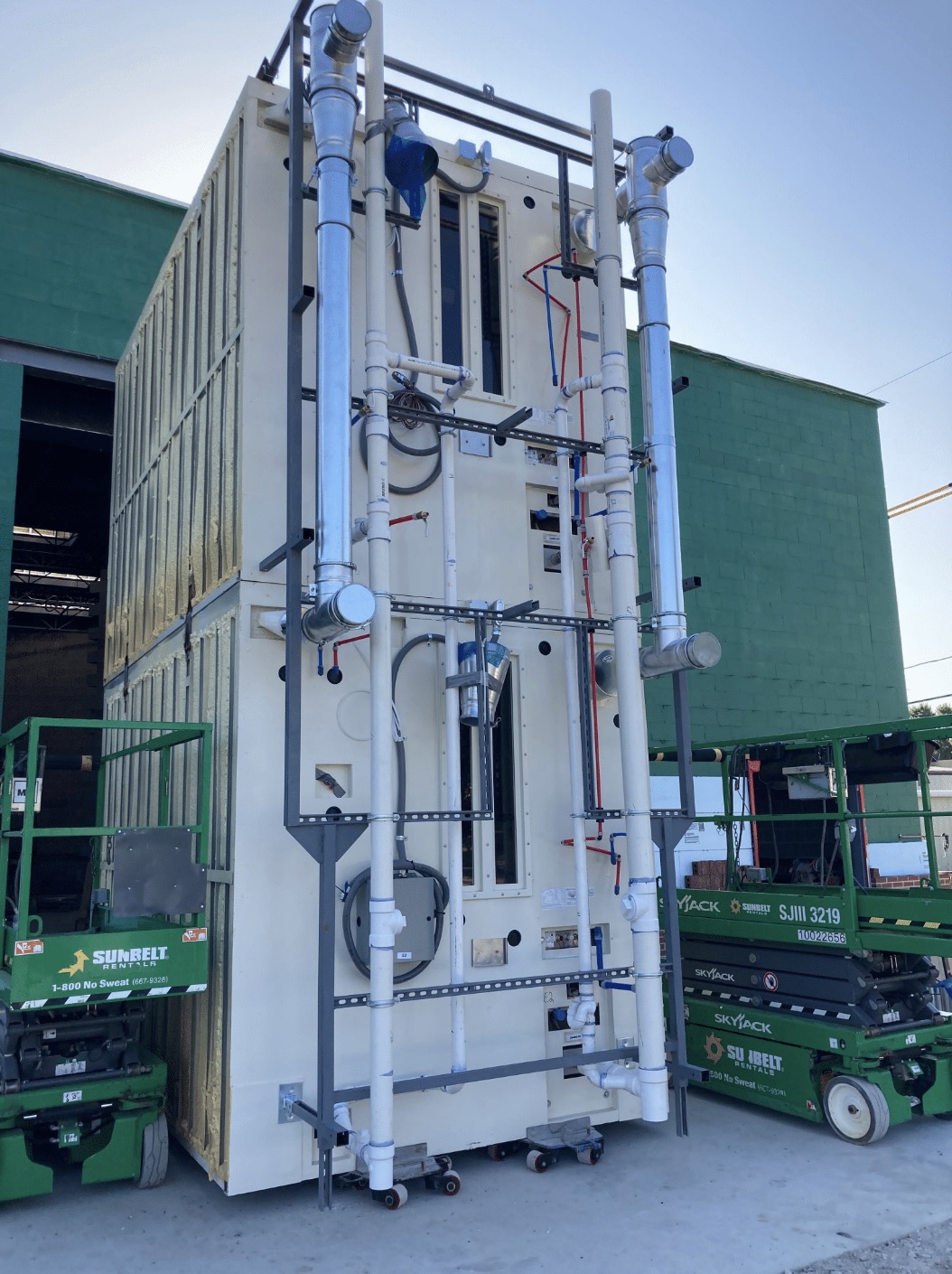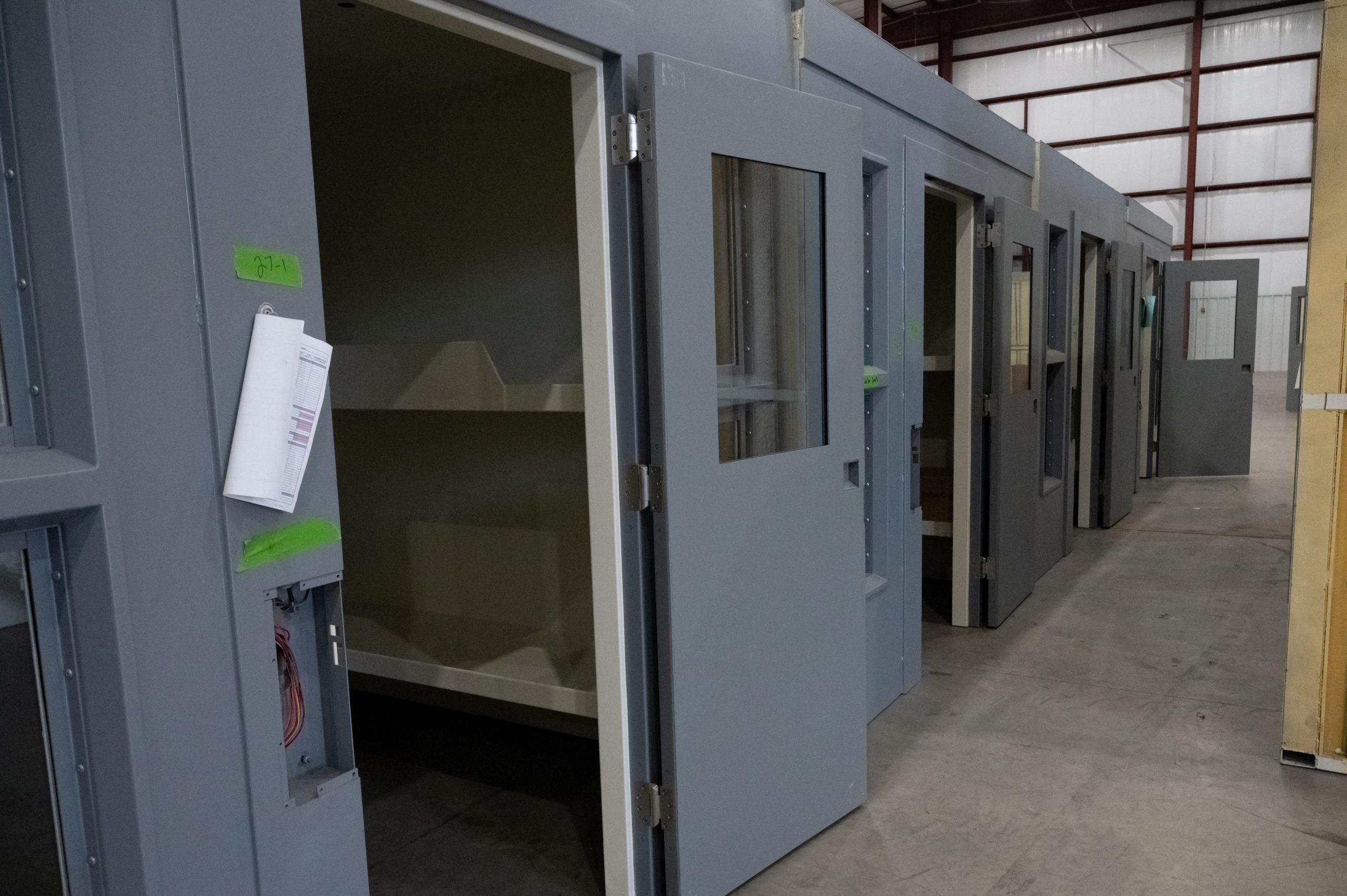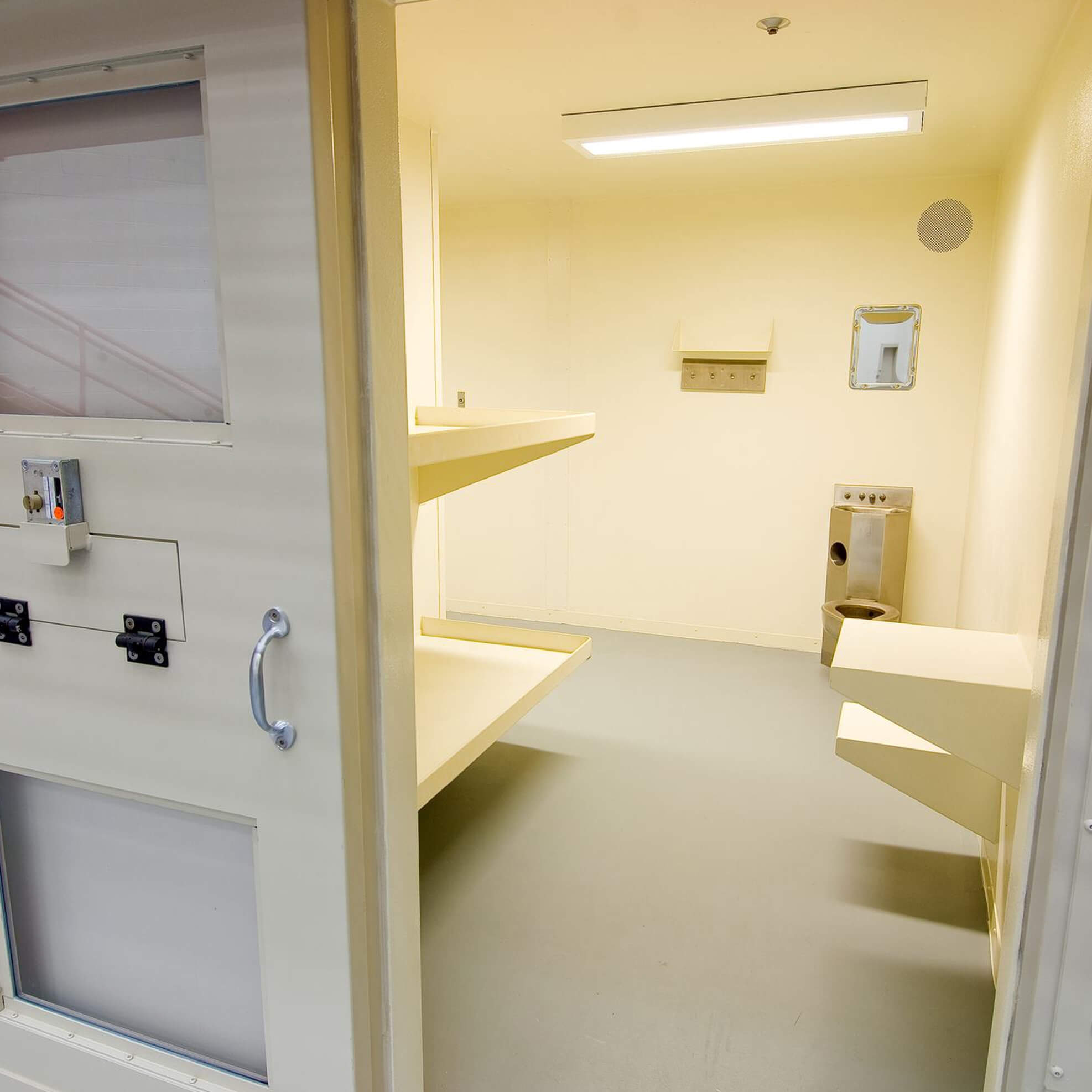Prefabricated Jail Cells: Efficient and Modern Solutions for Detention Facilities
Prefabricated jail cells have emerged as a modern solution to the challenges faced by correctional facilities in terms of construction and efficiency. These modular units are designed to minimize construction time, costs, and manpower while providing a secure and durable environment for inmates. The use of advanced materials and manufacturing techniques has paved the way for innovative designs in jail cell construction, meeting the needs of an ever-changing correctional landscape.
Traditionally, jails and prisons were built using conventional construction methods that were time-consuming and costly. With the advent of prefabricated jail cells, correctional facilities can now be built faster and at a lower cost without sacrificing quality or security. These units are made of sturdy materials, such as steel and reinforced concrete, ensuring that they can withstand the rigors of daily use while providing the necessary security to keep the inmates and staff safe.
The advantages of prefabricated jail cells extend beyond construction and cost savings. Their modular design allows for easy customization to suit the unique needs of each facility. This flexibility in design means that these units can cater to a variety of requirements, ranging from basic cells to more sophisticated spaces for specific populations or functions within the prison system. Ultimately, prefabricated jail cells represent a forward-thinking and efficient approach to correctional facility construction, benefiting both the institutions and the communities they serve.
Design and Material Selection
Cell Materials
Prefabricated jail cells, also known as modular jail systems, are typically constructed with strong and durable materials. One popular choice is heavy-duty steel, which offers long-lasting and secure solutions for containment facilities.
Design Approvals
The design of prefabricated jail cells must adhere to strict regulations and standards set by the respective authorities.
Cell design needs to accommodate essential fixtures like lights, utility access holes, toilets, sinks, and bunks, which are often integrated into the prefabricated unit before being transported to the construction site.
Manufacturing and Pre-Assembly
Production Methodology
The manufacturing process of prefabricated jail cells involves creating modular units in controlled environments. The SteelCell manufacturing plant uses advanced technologies and specialized stations to ensure a streamlined production of these modular cells. These facilities aim to deliver the finished product efficiently and affordably.
The production of these cells includes the integration of essential utilities such as lighting, plumbing, and security systems. Prefabricated jail cells are customized to meet the client’s specific requirements, ensuring proper compliance with facility standards.
Quality Assurance
Quality assurance is crucial in the production of prefabricated jail cells. By using high-quality materials, such as A60 Galvanneal Steel, we maintain durability and robustness of modular units. Furthermore, these cells are coated with high-performance, nonporous surface coatings to repel mold or mildew and reduce maintenance requirements.
Quality control also extends to the rigorous testing process of these modular units. Thorough inspections are conducted during the manufacturing stages to ensure modular units are in perfect condition before shipping, delivery, and installation on site.
Transportation and Logistics
Shipping Methods
Prefabricated jail cells, also known as modular jail systems, are transported to the construction site after being manufactured offsite. These modular units are usually shipped via flatbed trucks or other specialized transportation methods to ensure safe and efficient delivery. We have streamlined processes in place to manage the shipping of modular units with very little impact to the environment. For example, our modular units don’t require shrink wrap, which is usually needed and thrown away after a single use.
Advantages of these shipping methods include:
- Efficiency: Prefab cells are pre-assembled, reducing job tracks and time spent on on-site construction.
- Safety: Units are securely fastened onto the transport vehicle, minimizing the risk of accidents during transportation.
Site Preparation
Before the prefabricated jail cells arrive on site, proper preparation must be undertaken to facilitate seamless installation. Preparing the site involves the following steps:
- Groundwork and foundation: The site is excavated and leveled, ensuring a sturdy foundation for the modular jail cells. A concrete slab or support beams may be laid as a base to anchor the cells in place.
- Accessibility: Plan and arrange for adequate space to maneuver the transport vehicles and cranes necessary for offloading and positioning the jail cells.
- Utility connections: Prior to cell installation, all necessary utility lines (such as water, sewage, and electrical) should be installed near the site, with access points easily reachable for connection to the prefabricated cells.
- Inspect and verify: Lastly, a final inspection of the site is carried out to ensure it meets all safety and quality standards. Any discrepancies must be addressed before proceeding with the installation of the jail cells.
By understanding and properly managing the transportation and logistics of prefabricated jail cells, a swift and smooth installation process can be achieved, resulting in a more cost-effective and efficient construction project.
Installation and Assembly
Crew Expertise
The installation of prefabricated jail cells is carried out by experienced and skilled crews. These crews are trained in handling the necessary equipment and tools to ensure a smooth, efficient process. It’s essential to hire a crew familiar with all appropriate ASTM, UL, IBC, and local codes for the installation to be up to standard.
Safety Measures
During the installation and assembly process, safety measures must be strictly followed to ensure the well-being of the crew and the structural integrity of the jail cells. Some key safety considerations include:
- Proper use of personal protective equipment (PPE) such as hard hats, safety glasses, and gloves
- Careful lifting and moving of heavy components with the appropriate equipment (e.g., cranes and forklifts)
- Close attention to utility access holes and connections to avoid mishaps during assembly
Complying with these safety measures is essential to minimizing potential hazards and ensuring a successful installation of prefabricated jail cells. Adherence to safety guidelines and the experience of the crew will help contribute to the efficient and secure assembly of the jail cells, ultimately benefiting the overall project timeline and cost-effectiveness.
Advantages of Prefabricated Jail Cells
Cost Savings
Prefabricated jail cells offer a cost-effective solution for correctional facility construction. By manufacturing cells in a climate-controlled facility using standardized processes, builders can achieve less labor costs and save on materials. Moreover, prefabricated cells require less on-site labor hours, leading to additional savings. Another financial advantage is the reduced setup costs due to the modular nature of these cells.
Speed and Efficiency
The construction speed of prefabricated jail cells is a significant advantage in comparison to traditional construction methods. The modular cells can be built simultaneously as the main building structure is being constructed, allowing for shorter build schedules. We optimize manufacturing processes to deliver projects quickly, efficiently, and affordably. This approach reduces overall construction time, making it easier for correctional facilities to open and operate sooner.
Durability and Security
Our prefabricated jail cells are made of high-quality, heavy-duty steel, providing excellent durability. These cells can last upwards of 100 years, ensuring a long-lasting and reliable solution for correctional facilities. Furthermore, the seamless construction of prefab cells increases security by eliminating potential weak points for inmates to exploit. Advanced rear chase designs reduce contraband and high-quality build materials further contribute to the overall security and safety of prefabricated jail cells.
In summary, prefabricated jail cells provide an efficient, cost-effective, and secure solution for correctional facility construction. Their advantages in cost savings, construction speed, and durability contribute to their increasing popularity in the field.


